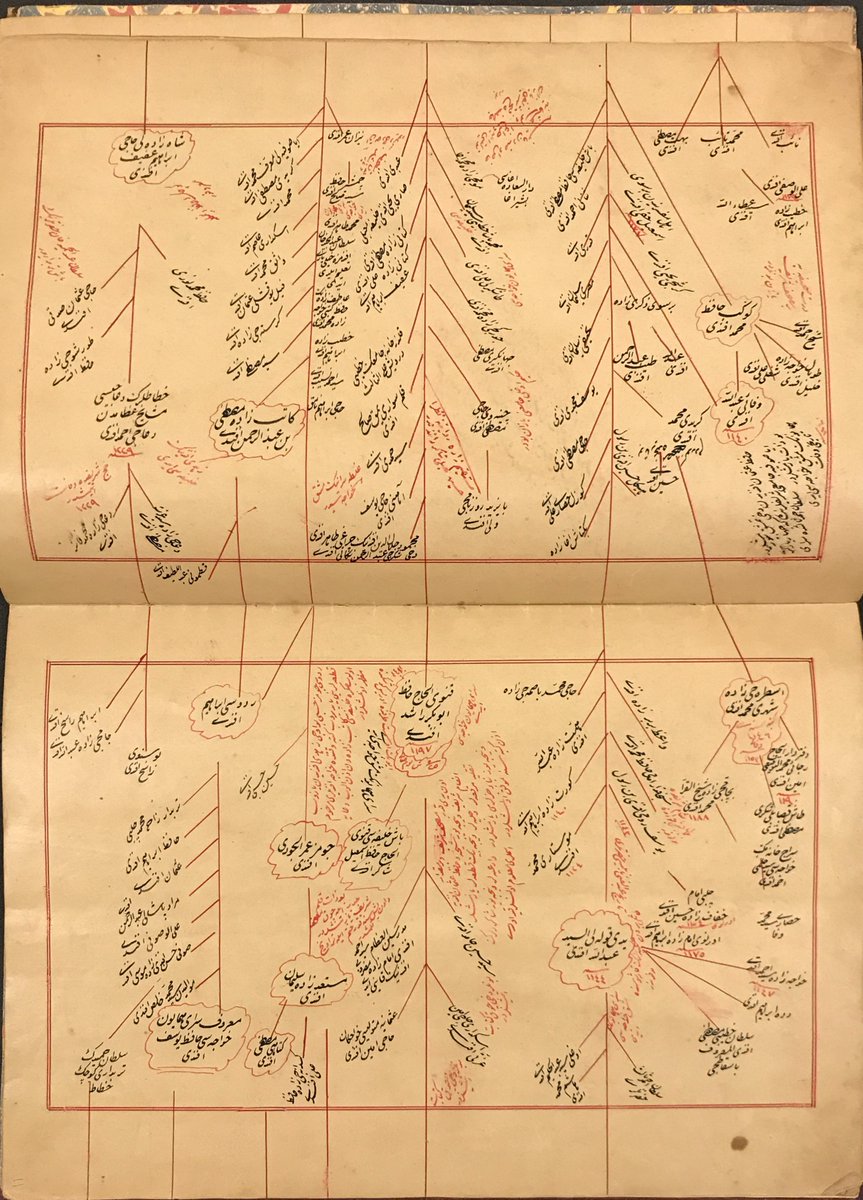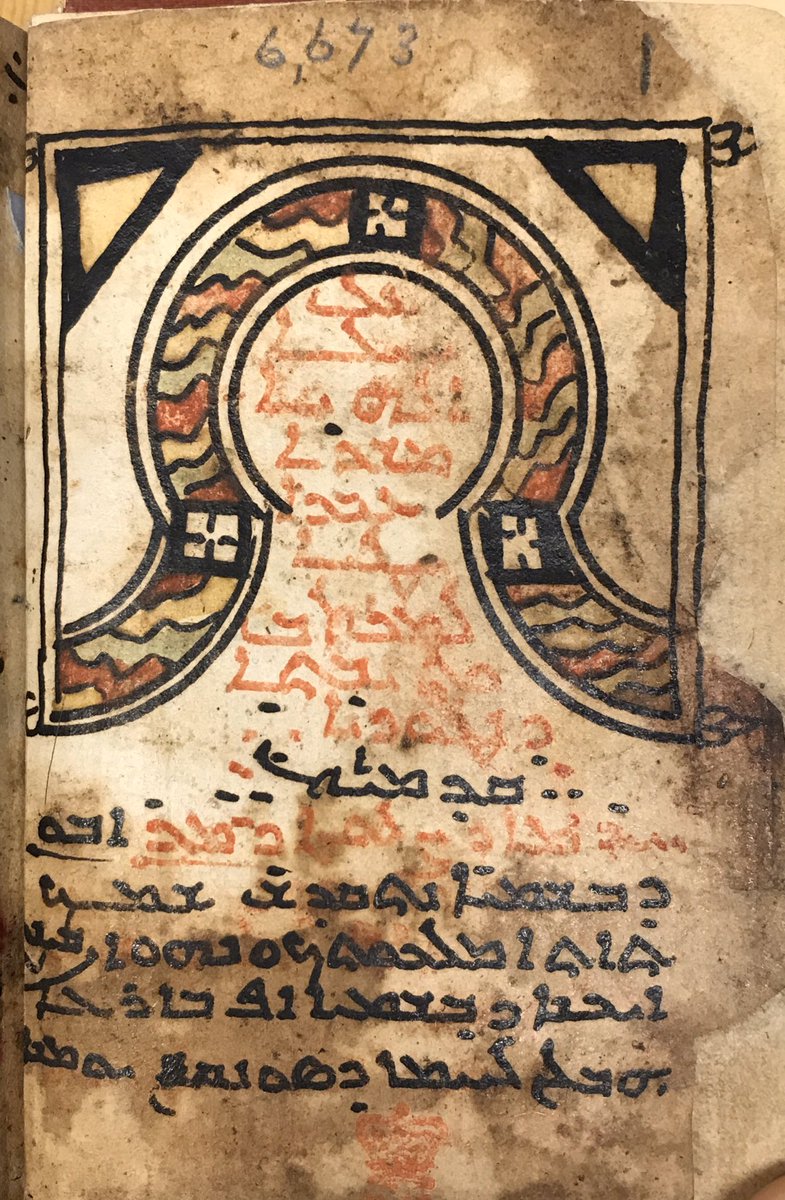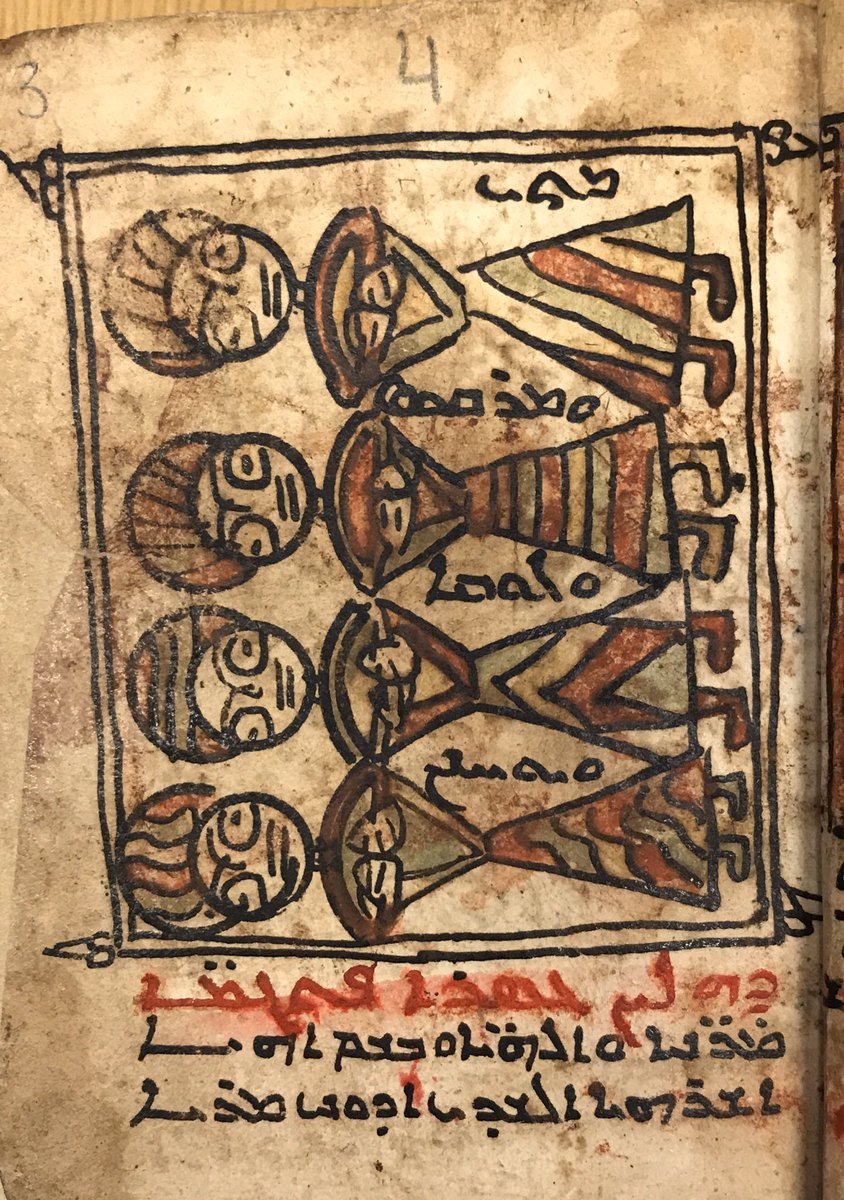
It's my last day before two weeks off, so yay! To celebrate, here's something for the #calligraphy nerds out there. Or 14157 is Silsile-i Hattatin, an #Ottoman #Turkish genealogy of calligraphers in Muslim-majority West Asia. 







We know that this work was created in the late 19th century because it presents a narrative of calligraphic practice that runs from the Prophet İsmail down to Ali Namık, who died in 1283 AH (1866-67 CE). 







The text is complete with various anecdotes about the history of #calligraphy and the biographies of various calligraphers. My favourite part about the manuscript is the way that the author organizes the data and uses the pages, making the most of the flow of the text. 







This particular manuscript is a bit of a rarity within our collection, and only entered the Library in 1983 after it was purchased at a Sotheby's auction. It is sorely in need of deeper study and critique, both as a literary work and a history of the art of the pen. 

• • •
Missing some Tweet in this thread? You can try to
force a refresh






